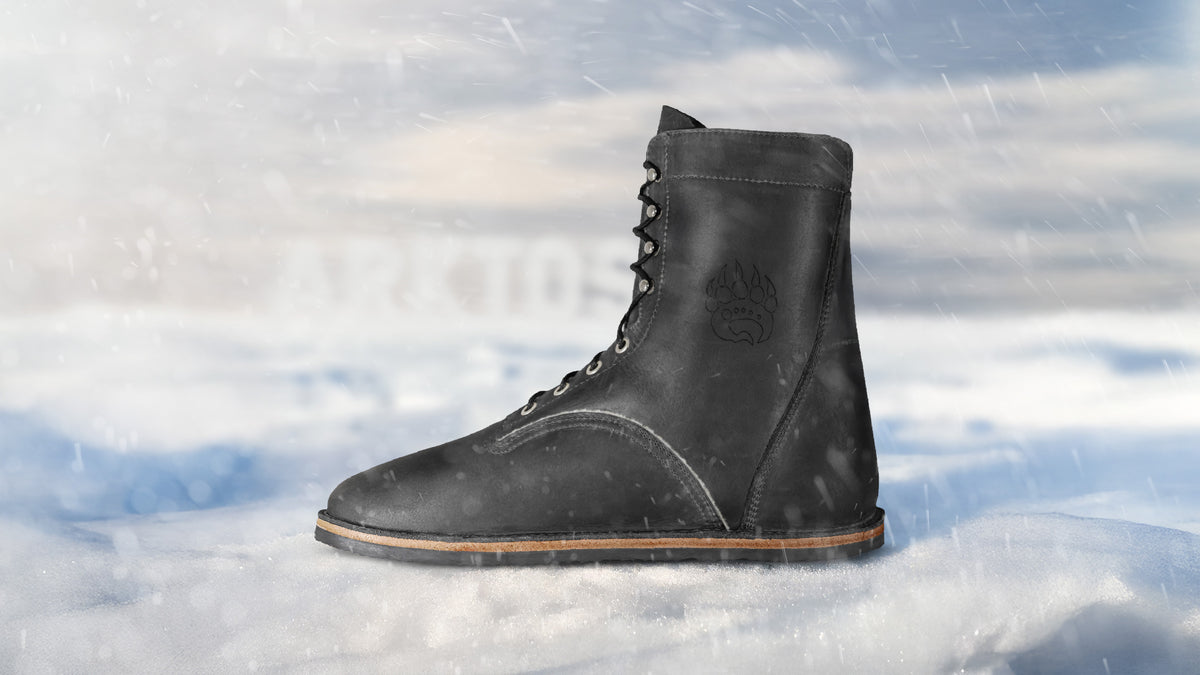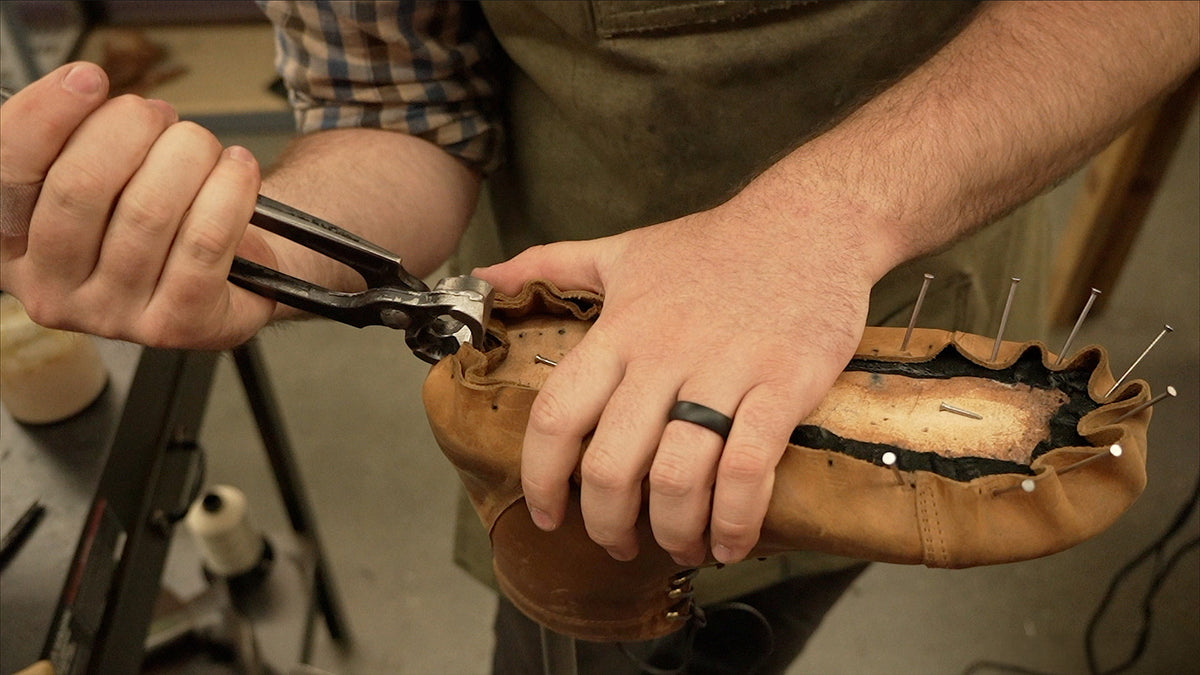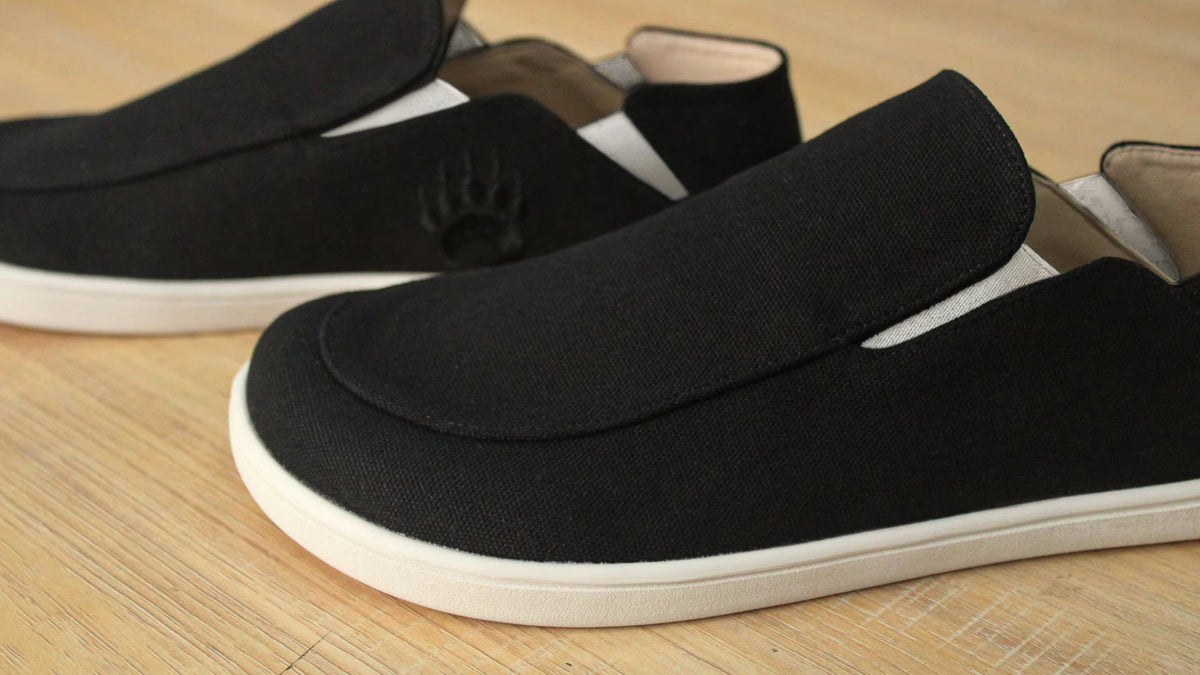Barefoot Shoes for Knee Osteoarthritis: Science-Backed Relief
If you're living with knee osteoarthritis, you've probably tried countless remedies to find relief from the persistent ache and stiffness. From medications to physical therapy, the search for effective solutions can feel endless. But what if the answer has been right under your feet all along?
Emerging research suggests that the shoes you wear every day could be either helping or hindering your knee health. More specifically, barefoot and minimalist shoes are showing promising results in reducing joint stress and improving outcomes for people with knee osteoarthritis.
The Hidden Connection Between Your Shoes and Knee Pain
Why Traditional Shoes May Worsen Knee Osteoarthritis
Most conventional shoes feature elevated heels, rigid soles, and narrow toe boxes – design elements that seemed logical but may actually work against your body's natural mechanics. When you wear shoes with raised heels, your body compensates by tilting forward, creating a cascade of biomechanical changes that can increase stress on your knee joints.
Research published in clinical journals has shown that traditional footwear can alter your gait pattern, potentially increasing the forces transmitted through your knees with every step. For someone with osteoarthritis, where cartilage is already compromised, this additional stress can accelerate joint deterioration and increase pain.
The Biomechanical Impact of Raised Heels on Joint Loading
Even a modest heel elevation of just 1-2 inches can significantly change how forces travel through your body. When your heel is raised:
- Your center of gravity shifts forward
- Your knee joint experiences altered loading patterns
- Compensatory movements increase stress on surrounding tissues
- Natural shock absorption mechanisms become less effective
These changes don't just affect your knees – they create a ripple effect throughout your entire kinetic chain, potentially contributing to the progression of osteoarthritis symptoms.
Emerging Research: How Barefoot Shoes Support Knee Health
Studies Show Reduced Joint Loading Benefits
Recent clinical research has begun to illuminate the potential benefits of minimalist footwear for people with knee osteoarthritis. Studies examining the biomechanical effects of barefoot and minimalist shoes have found that these designs can reduce the forces transmitted through knee joints during walking and daily activities.
One significant finding is that minimalist footwear allows for more natural movement patterns, which can help distribute forces more evenly across the joint surfaces. This more natural loading pattern may help preserve remaining cartilage and reduce the mechanical stress that contributes to osteoarthritis progression.
Enhanced Somatosensory Feedback Through Ground Contact
Barefoot shoes provide something that traditional footwear cannot: enhanced sensory feedback from the ground. This increased proprioceptive input helps your nervous system make real-time adjustments to your movement patterns, potentially improving joint stability and reducing harmful loading patterns.
When your feet can better "feel" the ground beneath them, your body can respond more appropriately to changes in terrain and walking surfaces. This enhanced feedback loop may help people with knee osteoarthritis move more efficiently and with less joint stress.
Improved Biomechanical Outcomes in Knee Pathology
Research has demonstrated that minimalist footwear can positively influence biomechanical outcomes in patients with knee pathology. These improvements include:
- More natural gait patterns
- Reduced peak forces through the knee joint
- Improved muscle activation patterns
- Better overall movement efficiency
While individual responses can vary, many patients report improvements in comfort and function when transitioning to minimalist footwear as part of a comprehensive osteoarthritis management plan.
The Science Behind Barefoot Shoes and Joint Protection
Zero-Drop Design and Natural Gait Mechanics
The "zero-drop" design of barefoot shoes – where the heel and toe are at the same level – allows your body to maintain its natural posture and movement patterns. This design principle supports:
- Proper spinal alignment
- Natural weight distribution
- Optimal muscle activation sequences
- Reduced compensatory movements
For people with knee osteoarthritis, maintaining natural movement patterns can be crucial for managing symptoms and potentially slowing disease progression.
Muscle Activation Patterns and Joint Stability
Barefoot shoes encourage the activation of intrinsic foot muscles that are often weakened by traditional footwear. Stronger, more active feet provide a more stable foundation for the entire kinetic chain, potentially reducing the burden on knee joints.
Research has shown that people who wear minimalist shoes develop stronger foot muscles over time, which can contribute to better overall lower limb stability and function.
Long-term Benefits for Knee Preservation
While more long-term studies are needed, the biomechanical advantages of barefoot shoes suggest potential benefits for knee preservation over time. By promoting more natural movement patterns and reducing harmful joint loading, minimalist footwear may help slow the progression of osteoarthritis in some individuals.
Clinical Evidence and Patient Outcomes
Research Findings on Minimalist Footwear Benefits
Multiple studies have examined the effects of minimalist footwear on knee health and osteoarthritis outcomes. Key findings include:
- Reduced joint loading during walking and daily activities
- Improved movement quality and efficiency
- Enhanced proprioceptive feedback and joint awareness
- Potential for symptom improvement in some patients
These research findings provide a scientific foundation for considering barefoot shoes as part of a comprehensive approach to osteoarthritis management.
Individual Variability in Treatment Response
It's important to note that responses to minimalist footwear can vary significantly between individuals. Factors that may influence outcomes include:
- Severity of osteoarthritis
- Overall fitness level
- Previous footwear habits
- Presence of other musculoskeletal conditions
- Individual biomechanical patterns
What works well for one person may not be suitable for another, which is why a gradual, monitored transition is essential.
Safe Transition Guidelines for Osteoarthritis Patients
If you're considering barefoot shoes for knee osteoarthritis, a gradual transition is crucial:
- Start slowly: Begin with short periods of wear (15-30 minutes)
- Listen to your body: Pay attention to any changes in symptoms
- Strengthen gradually: Allow your feet and legs to adapt over time
- Consult professionals: Work with healthcare providers familiar with minimalist footwear
- Monitor progress: Track changes in pain, function, and overall comfort
Choosing Therapeutic Barefoot Shoes for Knee Health
Essential Design Features for Joint Support
When selecting barefoot shoes for knee osteoarthritis management, look for:
- Zero-drop sole: Heel and toe at the same level
- Wide toe box: Allows natural toe spreading and foot function
- Flexible sole: Permits natural foot movement and ground feedback
- Minimal cushioning: Maintains ground connection while providing protection
- Quality construction: Durable materials that support long-term use
Bearfoot's Evidence-Based Approach to Foot Health
At Bearfoot, we understand that foot health is foundational to overall musculoskeletal wellness. Our shoes are designed with the latest research in mind, incorporating features that support natural movement patterns and joint health.
Our zero-drop, wide toe box design allows your feet to function as nature intended, potentially providing the biomechanical benefits that research suggests may help with knee osteoarthritis management. Each pair is crafted to provide the perfect balance of protection and ground connection, supporting your journey toward better joint health.
Moving Forward: A Natural Approach to Knee Health
While barefoot shoes aren't a cure for knee osteoarthritis, the growing body of research suggests they may offer valuable benefits as part of a comprehensive management approach. By supporting natural movement patterns and reducing harmful joint loading, minimalist footwear could help you move more comfortably and potentially slow the progression of your condition.
Remember, any significant change to your footwear should be made gradually and ideally under the guidance of healthcare professionals familiar with both osteoarthritis management and minimalist footwear principles.
Your journey to better knee health starts with a single step – and that step might just be into a pair of barefoot shoes that work with your body's natural design rather than against it.
References:
-
Minimalist Footwear in Treatment and Rehabilitation - https://pmc.ncbi.nlm.nih.gov/articles/PMC12103103/
-
Foot Core Exercises and Minimalist Footwear - https://pubmed.ncbi.nlm.nih.gov/39709752/
-
Technological Running Shoes vs. Barefoot Running - https://pmc.ncbi.nlm.nih.gov/articles/PMC11269782/
-
Biomechanics and Injury Prevention - https://pubmed.ncbi.nlm.nih.gov/37935052/
-
Footwear Choice and Locomotor Health - https://pmc.ncbi.nlm.nih.gov/articles/PMC11899058/




























